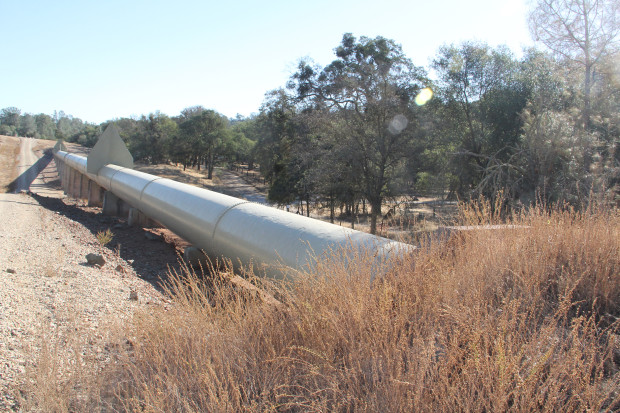Wiener Amasses Huge War Chest
With just days remaining before the November 4 elections, the race for the Castro’s top politician has become a financial runaway.
Four candidates for District 8 supervisor are currently vying to unseat incumbent Scott Wiener, but the story of campaign contributions remains very one-sided. Wiener has raised $258,545, while Michael Petrelis, currently in second place, has only $2,931, according to data from the San Francisco Ethics Commission. In third place, John Nulty has $2,114, while both George Davis and Tom Basso show zero balances on the commission’s website.
Wiener, who employs a campaign manager and an accountant but does not have a paid fundraiser, attributes his campaign’s financial success to a broad support base from inside the district, something he says he has cultivated through years working within the community.
“I started raising money a year ago. At that time I had no idea if I was going to have one opponent or ten, if they would be strong opponents or weak opponents,” he said. “Since I began my campaign, I’ve had dozens of house parties, largely hosted by residents of the district. People have donated at those house parties after hearing what I had to say.”
Nulty, a native of District 8, said raising cash has been an onerous process involving complicated workshops with the SF Ethics Commission.
“We didn’t know it would be this hard to get money,” Nulty said. “Literally, you have to pay for an accountant because you need somebody who knows and will stand beside you if you get audited.”
Davis attributed Wiener’s lopsided advantage to simply being in a position of power.
“He lined up the money,” Davis said. “He went through his list of contributors. They want influence and he has stacked up all the money.”
State law requires name, address, occupation and employer information for each campaign contributor. This has opened Wiener up to criticism by political opponents who charge that the bulk of his money comes from employees of the real estate, law and architectural sectors.
The Anti-Eviction Mapping Project, an online collective documenting dispossession in the Bay Area, is one of the detractors. Earlier in the campaign, the organization put out a data-visualization graphic showing 50 percent of Wiener’s contributions coming from individuals working in real estate, law, technology, architecture and interior design.
Of Wiener’s 850 individual contributors listed on the Ethics Commission website, many do actually work in these sectors. Wiener said that the Mapping Project’s allegation against him is still biased and misleading.
“Someone who does landscaping architecture would be included in all of that,” he said. “The anti-eviction mapping project is an organization with a very specific agenda as far as going after certain politicians and not scrutinizing other politicians.” He cited the absence on its website of District 9 Supervisor David Campos, who is currently running for state assembly, as an example of a candidate who has also received significant money from individuals working in the real estate industry.
“It’s not the case that my contributions are primarily from realtors and lawyers,” Wiener stated. “That’s false.”
There is a $500 limit on direct contributions to political candidates, according to the SF Campaign and Governmental Conduct Code. There is also a ban on direct corporate contributions, said San Francisco Ethics Commission Director John St. Croix, though this does not include sole proprietorships or LLCs.
However, an independent expenditure committee — for example, a political action committee that pools money together outside of the control of any candidate — has no financial contribution limit, St. Croix said. This is often referred to as “soft money.”
An example of soft money is when, in the 2010 election, San Francisco landlord Tom Coates gave $200,000 to an independent expenditure campaign dedicated to influencing leaders of numerous city districts, including Wiener’s District 8, to vote for killing rent control. Wiener insisted that accusations of him directly taking this money for his campaign were untrue. “I was a vocal opponent of Prop 98, which would have repealed rent control,” he stated.
Wiener currently has an $83,980 surplus in his campaign account. He said he expects the amount to shrink in the days leading up to the election, but with his sizeable lead over the competition, it’s likely most of it will still remain unspent. If reelected, Wiener said, he could still use that money for officer-holder duties, such as sponsoring a table at a non-profit event or funding a contingent at the SF Pride parade. Leftover campaign money, however, cannot be spent on personal items that do not relate to the office.
There are eleven members of the Board of Supervisors. Supervisors are currently paid $108,049 per year and serve four-year terms. The boundary of District 8 runs along Valencia Street, separating it from District 9.
Michael Petrelis did not respond to phone calls or emails for comment.


